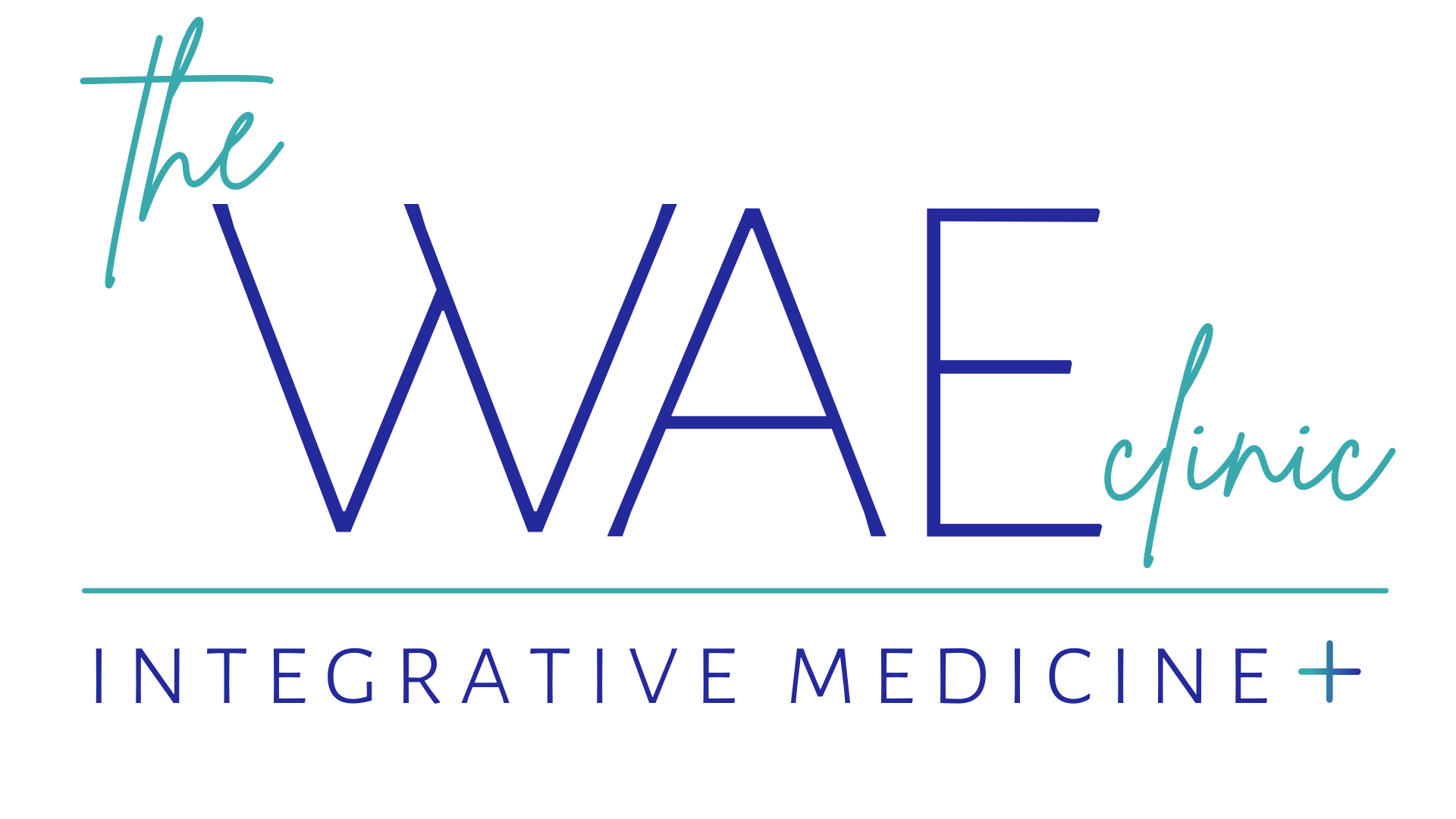Does chromium and help diabetes?
Hexavalent chromium is considered a carcinogen. However, trivalent chromium is nontoxic to humans. There is, however, some concern about the safety of chromium picolinate and possible renal failure (Higdon, 2001.). It is important to choose a quality professional brand and an appropriate chromium form before starting. Current research indicates that chromium intake is associated with a clinically significant reduction in fasting blood glucose, A1c, triglycerides, and HDL-C levels (Huang et al., 2018). Therefore supplementing with a quality chromium supplement and monitoring chromium levels would be a potential adjunctive therapy for her. However, chromium will improve insulin sensitivity, which could cause hypoglycemia. Close blood glucose monitoring is essential during supplementation.
Higdon, J. (2001). Chromium. Linus Pauling Institute. Retrieved October 10, 2020, from https://lpi.oregonstate.edu/mic/minerals/chromium#toxicity
Huang, H., Chen, G., Dong, Y., Zhu, Y., & Chen, H. (2018). Chromium supplementation for adjuvant treatment of type 2 diabetes mellitus: Results from a pooled analysis. Molecular Nutrition and Food Research, 62(1), 1–19. https://doi.org/10.1002/mnfr.201700438
Best source of chromium:
Chromium malate at 15-20 micrograms per kilogram daily (Feng et al., 2018) up to 1000 micrograms per day (Suksomboon, Poolsup & Yuwanakorn, 2014). Chromium malate has better bioavailability than other forms of chromium. Chromium malate administration can enhance the absorption of trace metals, and chromium malate is more successful than chromium trichloride and chromium picolinate in treating increased serum Ca, Mg, Fe, Cu, and Zn (Feng et al., 2018). Chromium malate's antihyperglycemic activity is superior to chromium trichloride and chromium picolinate. Chromium malate is also safer than chromium picolinate (Feng et al., 2015).
Feng, W., Li, Q., Wang, W., Zhao, T., Feng, Y., Li, F., Mao, G., Chen, Y., Ding, Y., Yang, L., & Wu, X. (2018). Pharmacokinetics and bioavailability of chromium malate and its influence on trace metals absorption after oral or intravenous administration Weiwei. Indian Journal of Pharmacology, 50(2). https://doi.org/10.4103/ijp.IJP
Feng, W., Mao, G., Li, Q., Wang, W., Chen, Y., Zhao, T., Li, F., Zou, Y., Wu, H., Yang, L., & Wu, X. (2015). Effects of chromium malate on glycometabolism, glycometabolism-related enzyme levels and lipid metabolism in type 2 diabetic rats: A dose-response and curative effects study. Journal of Diabetes Investigation, 6(4), 396–407. https://doi.org/10.1111/jdi.12350
Suksomboon, N., Poolsup, N., & Yuwanakorn, A. (2014). Systematic review and meta-analysis of the efficacy and safety of chromium supplementation in diabetes. Journal of Clinical Pharmacy and Therapeutics, 39(3), 292–306. https://doi.org/10.1111/jcpt.12147
Can you get chromium from food or do you need a supplement?
At lease 250 micrograms a day are needed to see reductions in glucose (Higdon, 2001). It would be challenging to get that total from food sources alone.
The following are good food sources of chromium (Ware, 2017):
- Broccoli: 1 cup contains 22 mcg
- Grape juice: 1 cup contains 8 mcg
- Turkey breast: 3 ounces contains 2 mcg
- English muffin: one whole wheat muffin contains 4 mcg
- Potatoes, mashed: 1 cup contains 3 mcg
- Green beans: 1 cup contains 2 mcg
- Red wine: 5 ounces contains between 1 and 13 mcg
Higdon, J. (2001). Chromium. Linus Pauling Institute. Retrieved October 10, 2020, from https://lpi.oregonstate.edu/mic/minerals/chromium#toxicity
Ware, M. (2017). Chromium: Health benefits, sources, and potential risks. Medical News Today. Retrieved October 10, 2020, from https://www.medicalnewstoday.com/articles/288177#sources
*These statements are not meant to diagnose or treat. You should consult your health care provider before starting any new diet, exercise, or supplement.

